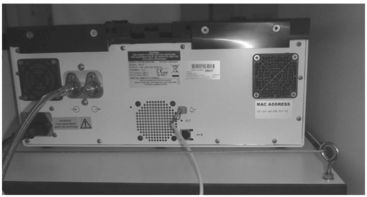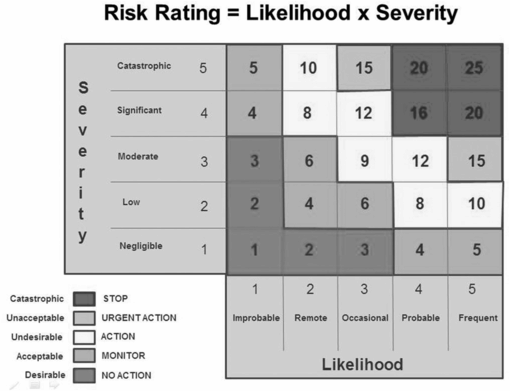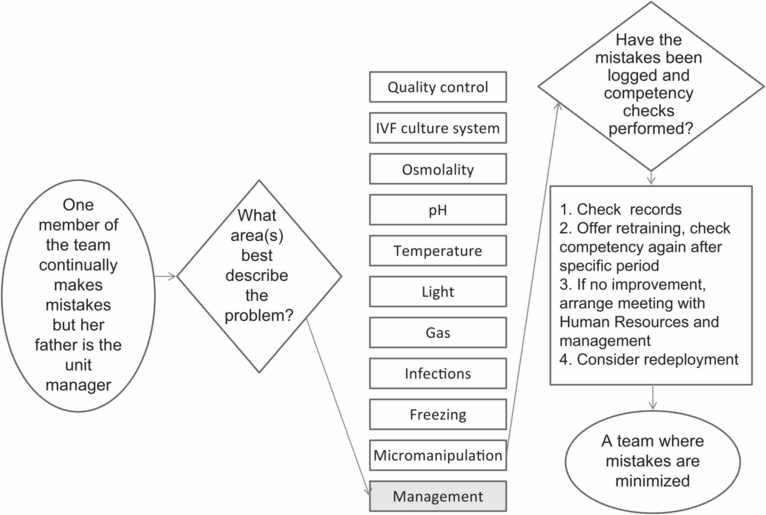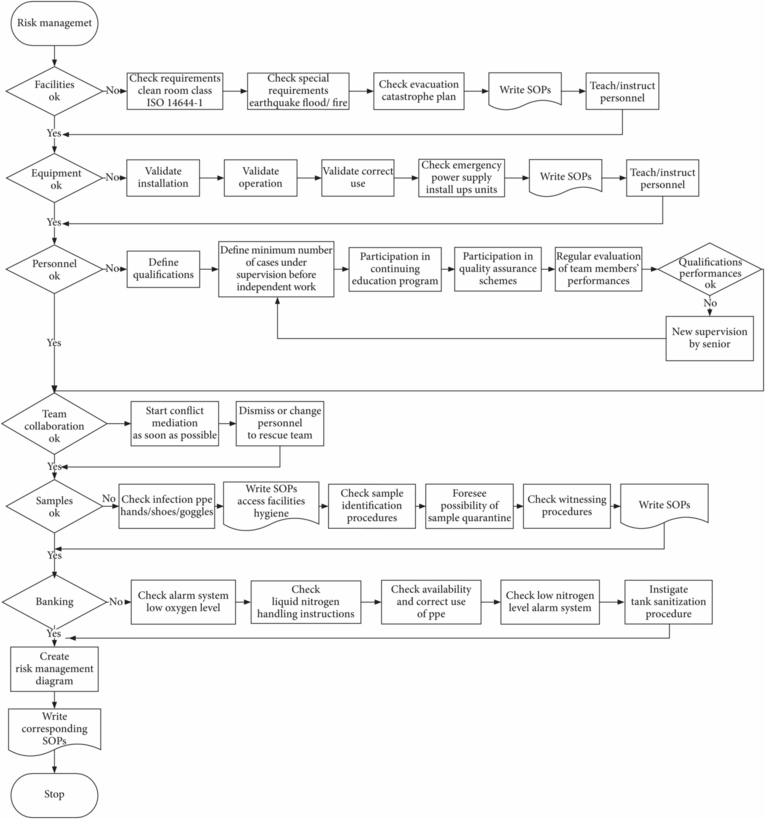ICSI station. TS150 JRS scientific instruments/The Table Stable Ltd.

Benchtop incubator. Planer PLC.
If “safety” is theoretically interpreted as “without risk,” then this is a situation that does not exist in the daily life of an IVF embryologist. The ISO 14971 norm presents a more realistic definition of “safety”: “freedom from unacceptable risk.” Risk evaluation or rating is made up of two factors: severity and likelihood of frequency/recurrence. The earthquake case report above provides an excellent illustration of these principles:
In terms of severity, an earthquake is clearly classified without hesitation as catastrophic or significantly catastrophic (4 or 5 on the scale of severity).
The likelihood of frequency/recurrence is related to the geographical location of the clinic, and would be rated as 5 in Japan, and 1 in Belgium.
Evaluation of risk assessment/rating is not always easy, and a risk management team or working party has the task of enumerating risks and rating them by means of quantitative and repeatable metrics that will ensure a consistent method of evaluation. The major task of the group is to devise SOPs that define how events are to be handled. A risk matrix (Fig. 12.2) is a helpful tool, but should not be used in isolation: always remember that people are the drivers of the system.

Matrix used to assess risk factors on a scale of 1–5.
Conclusion
Once we truly know that ART is difficult – once we truly understand and accept it – then ART is no longer difficult, because once the principle is accepted, the fact that it is difficult no longer matters.
Stay updated, free articles. Join our Telegram channel

Full access? Get Clinical Tree




